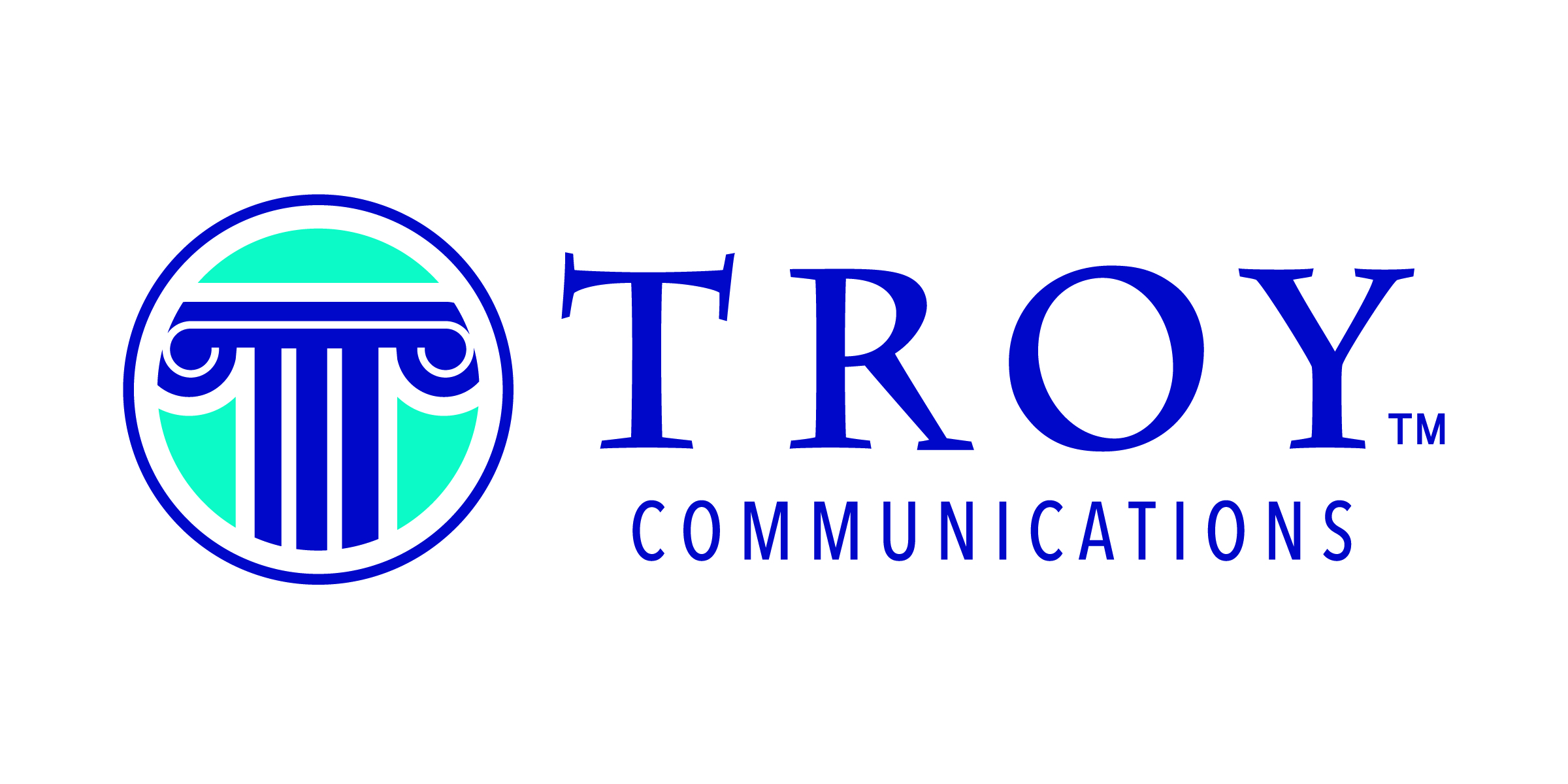By Tasha M. Troy
As a professional development trainer, I am often in the position of trying to convince a student or client to buy in to the goals of the course or of a particular activity.
A few years ago, I experienced a particularly stubborn student who was determined to do assignments his own way, basically wanting me to edit articles he intended to have published instead of doing the coursework. This approach put him in danger of failing not only my course but the entire eight-month program he was enrolled in.
In order to convince him to complete assignments so that he could pass the course and the program, I asked him to meet with me in person, to which he agreed.
One Conversation Brought Down Barriers—Like Magic!
At first, I tried to reason with him, describing the consequences of non-compliance and the benefits of simply following instructions, all to no avail. It seemed as if he were determined to fail the program, and I was getting more and more frustrated by his refusal to accept my limitations as his instructor.
Finally, I made an offer I had held in reserve: in return for his completing the assignments, I would also review his articles intended for publication.
Immediately his stubbornness dissipated.
Five Things Just Happened to Persuade Him
How can you persuade someone who seems determined, even to his own detriment, to hold to his own position? Clearly, there was something deeper going on, something that I wasn’t immediately aware of.
However, I would have never discovered a solution if I hadn’t been willing to step back from my goals and see things from his perspective.
And it is not hard to see things from another’s perspective. The Five Core Concerns of negotiation – as described by Dan Shapiro, the associate director of the Harvard Negotiation Project – zero in on the five emotional needs of any person you come in contact with:
- Appreciation – to have their efforts and experience recognized and appreciated.
- Autonomy – to make decisions free of force, coercion, or manipulation.
- Affiliation – to belong, to be a member of a group.
- Status – to be treated with respect, no matter our position in the hierarchy.
- Role – to know that our efforts are working towards a greater goal.
Give and You Shall Receive
In the encounter with my student, I had to tap into each of these points:
- show understanding of and appreciation for his desires and goals.
- respect his autonomy; I couldn’t force him to complete his assignments.
- demonstrate that we were on the same team.
- be respectful of his identity as an experienced and knowledgeable professional.
- define, and expand, our roles as teacher and student.
In the end, he said he did not want to create more work for me, so he wouldn’t ask me to review both assignments and articles. Instead, he agreed to simply complete his assignments, and he successfully completed the course and program.
If I had insisted that he complete assignments simply based on my position as his instructor, we would have had a very different outcome. However, because I was willing to set aside my agenda and meet him where he was, we were able to come to a positive conclusion.
Take It Deeper
What situation do you find yourself in today where a little selflessness might open a new way forward?
Sometimes it’s hard to know where to start. If you would like to go deeper on this topic, I hold free exploratory coaching sessions each week. You can register online at Troy Communications or email me to schedule an appointment at TMTroy@TroyCommunications.Net
If you enjoyed this article and would like to receive these monthly posts in your inbox, you can subscribe at Troy Communications Blog.



